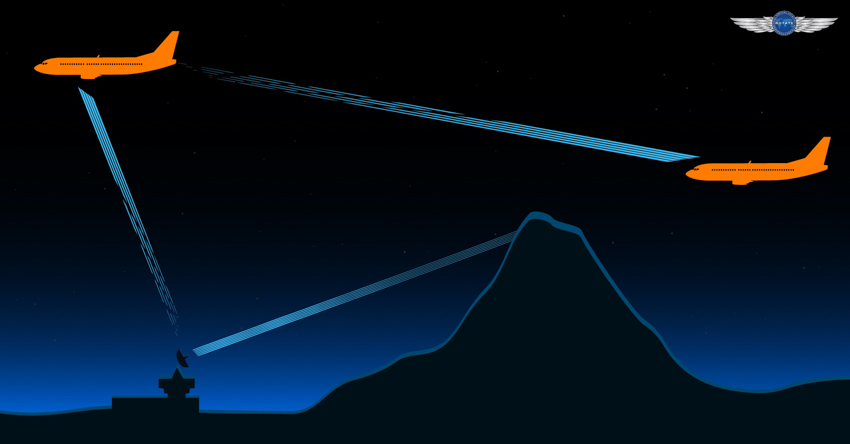Advanced Voice Transmission System
We want to build a system that gives beginners and veterans what they need to grow as virtual aviators and controllers. Beginners enjoy a more stable communication medium, leading to a steeper learning curve.
ATC users will benefit as well, because both parties in a transmission can understand what is being said. Veteran users already know how to deal with the older transmission models, but we want you to have the richest simulation possible. No more unintended comms issues, only crisp and authentic radio chatter.
We are moving on from an outdated modem basis and misplaced software, and aiming for good quality voice transmissions. Now, when we say good quality, we aren’t aiming for the clarity of Teamspeak or similar voice communication programs.
We are aiming for stable comms, with reduced bass and some artificially induced static meant to imitate real-world radio transmissions. Another focus is the reduced latency during calls, and the addition of a warning tone when speaking over each other. The current voice system models of the old networks allow for VHF transmissions only, but we want to expand that, and offer you both VHF and HF frequencies. As a special feature, service frequencies are available to airlines in support of our extended airline infrastructure.
Additionally, pilots using Rotate’s Voice Transmission will be able to tune into two separate frequencies at the same time, which is useful while multi-tasking your communication operations. In addition, signal strength varies, and is influenced by altitude, line-of-sight with and distance from the transmission source, as well as weather and terrain. Including these variables is a good example of the amount of detail Rotate wants to offer you.
You could be checking a pilot’s IFR clearance, or listening to your airline radio traffic. From signal strength variance to authentic radio transmissions, from the ability to listen to your controller and the ATIS at your destination at the same time, Rotate wants you to hear the virtual aviation world.
ATC users will benefit as well, because both parties in a transmission can understand what is being said. Veteran users already know how to deal with the older transmission models, but we want you to have the richest simulation possible. No more unintended comms issues, only crisp and authentic radio chatter.
We are moving on from an outdated modem basis and misplaced software, and aiming for good quality voice transmissions. Now, when we say good quality, we aren’t aiming for the clarity of Teamspeak or similar voice communication programs.
We are aiming for stable comms, with reduced bass and some artificially induced static meant to imitate real-world radio transmissions. Another focus is the reduced latency during calls, and the addition of a warning tone when speaking over each other. The current voice system models of the old networks allow for VHF transmissions only, but we want to expand that, and offer you both VHF and HF frequencies. As a special feature, service frequencies are available to airlines in support of our extended airline infrastructure.
Additionally, pilots using Rotate’s Voice Transmission will be able to tune into two separate frequencies at the same time, which is useful while multi-tasking your communication operations. In addition, signal strength varies, and is influenced by altitude, line-of-sight with and distance from the transmission source, as well as weather and terrain. Including these variables is a good example of the amount of detail Rotate wants to offer you.
You could be checking a pilot’s IFR clearance, or listening to your airline radio traffic. From signal strength variance to authentic radio transmissions, from the ability to listen to your controller and the ATIS at your destination at the same time, Rotate wants you to hear the virtual aviation world.

 VHF transmissions will be influenced by obstacles.
VHF transmissions will be influenced by obstacles.
 Signal strength varies depending on the distance to the transmissions source.
Signal strength varies depending on the distance to the transmissions source.